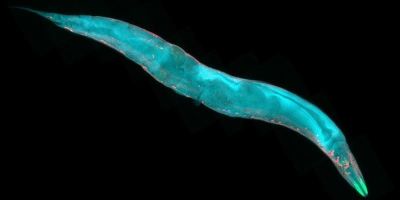Hospital vents steer the spread of superbugs
The layout of hospital rooms can contribute to the spread of superbugs according to researchers in the School of Civil Engineering.
Single bed rooms can reduce the risk of patients contracting an infection as doctors and nurses come into contact with contaminated surfaces less frequently.
The paper, published earlier this year, concludes that the location of an infectious patient with respect to the ventilation system affects the distribution of pathogens in a room. In addition a healthcare worker accumulates fewer pathogens on their hands when attending to patients in single rooms due to physical barriers between infectious individuals.
Previous modelling studies (PDF) assessed particle distributions and stated that partitions between patients reduce contamination. The 2015 paper combines these data with clinical observations of healthcare workers’ contact with surfaces in hospital surroundings.
Video of real-time airflow simulation of a four bed hospital room, coloured by
temperature. Four supine patients and a doctor in the centre emitting heat.
Dr Marco-Felipe King, from the School of Civil Engineering, used this information to carry out surface contamination computer modelling simulations. “As the air can transport infectious particles across the room it means surfaces near to other patients may become contaminated. So even with good hand hygiene this risk is higher as surfaces will inevitably be touched during patient care,” says Dr King.
A collaboration with colleagues in the School of Mechanical Engineering has resulted in a simulation tool modelling airflow in real-time deepening our understanding of how patients are affected by ventilation. This could lead to changes in hospital design reducing the risk of hospital acquired infections which affects 1 in 15 patients.
Video showing infectious droplets being released over 5 seconds by a patient in a
four-bed hospital room contaminating the surrounding surfaces for some time to come.
Hospital acquired infections require additional treatment which therefore incurs additional costs to the NHS in the millions of pounds. There is also the negative impact on the individual’s already compromised health to take into account.
Dr King and Professor Catherine Noakes discussed this research and its implications in a press conference on Tuesday 8 September at the British Science Festival, Bradford.
The Festival took place from 7-10 September in Bradford, and provided an opportunity to meet researchers face-to-face and discuss the latest science, technology and engineering.
Related articles
BBC News - Modelling the spread of hospital bugs




